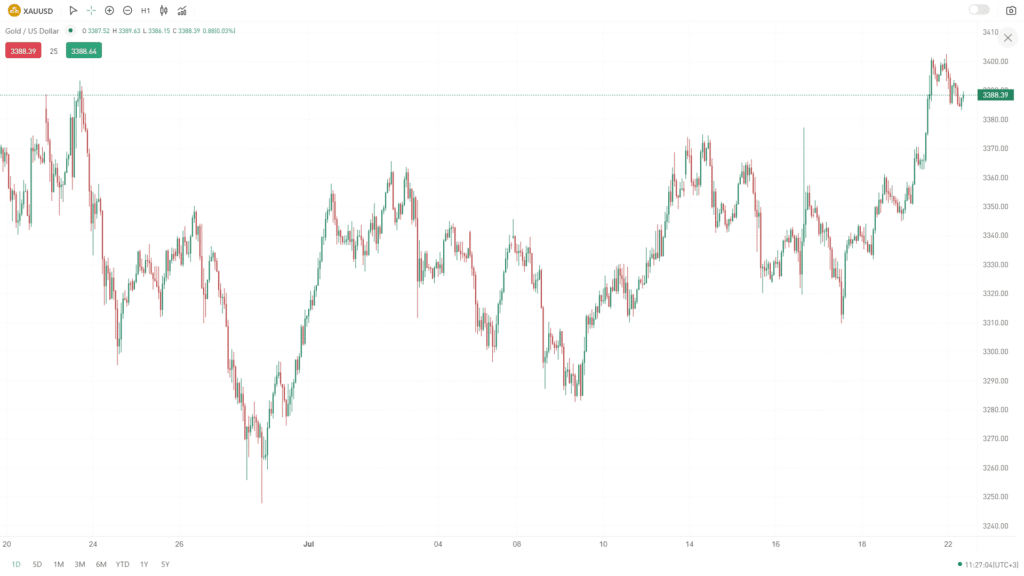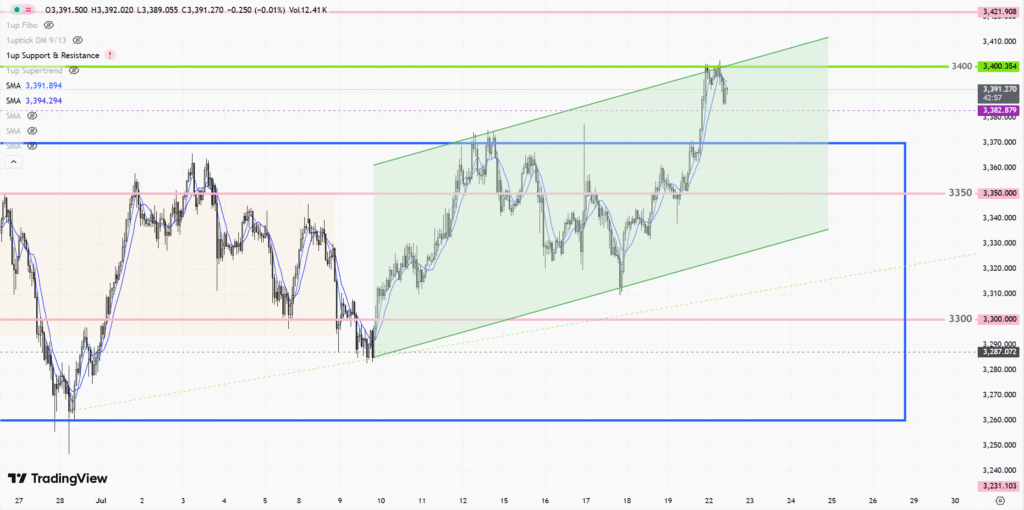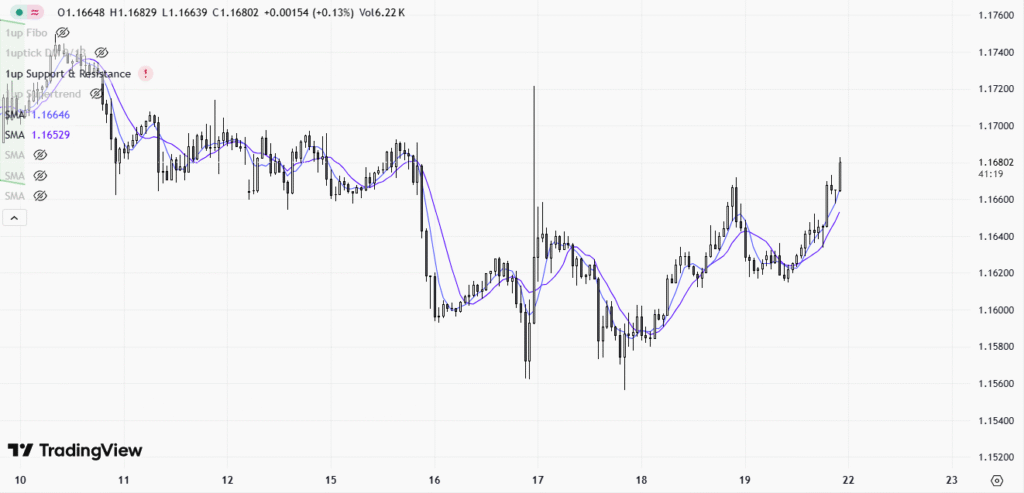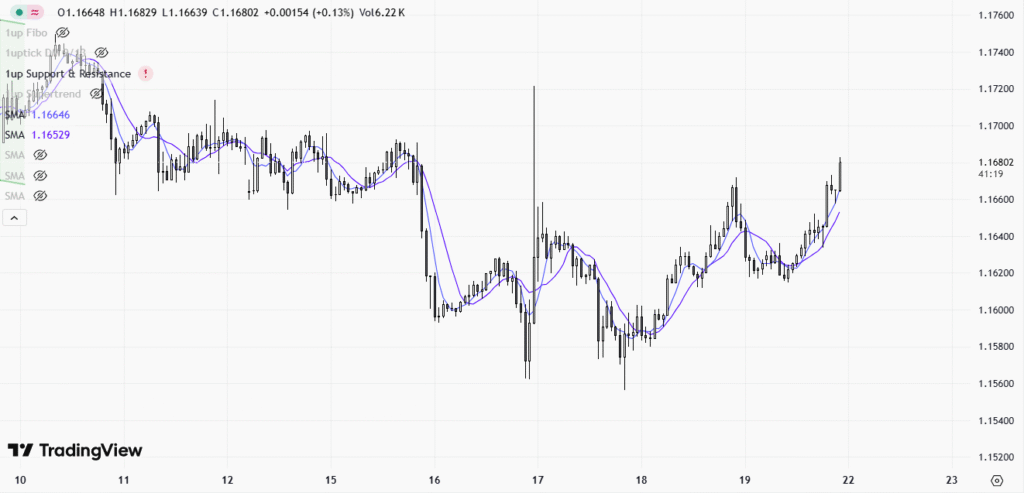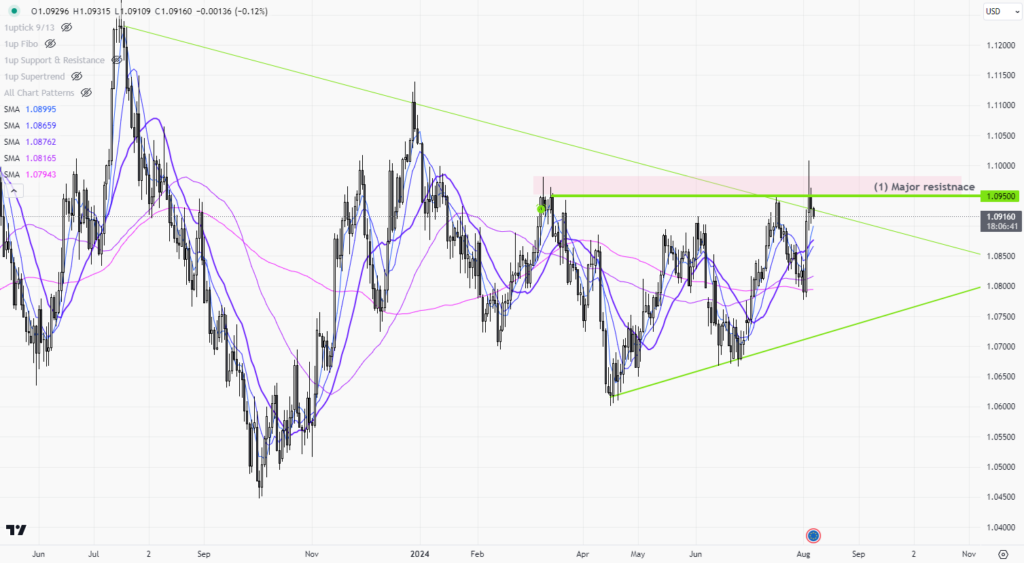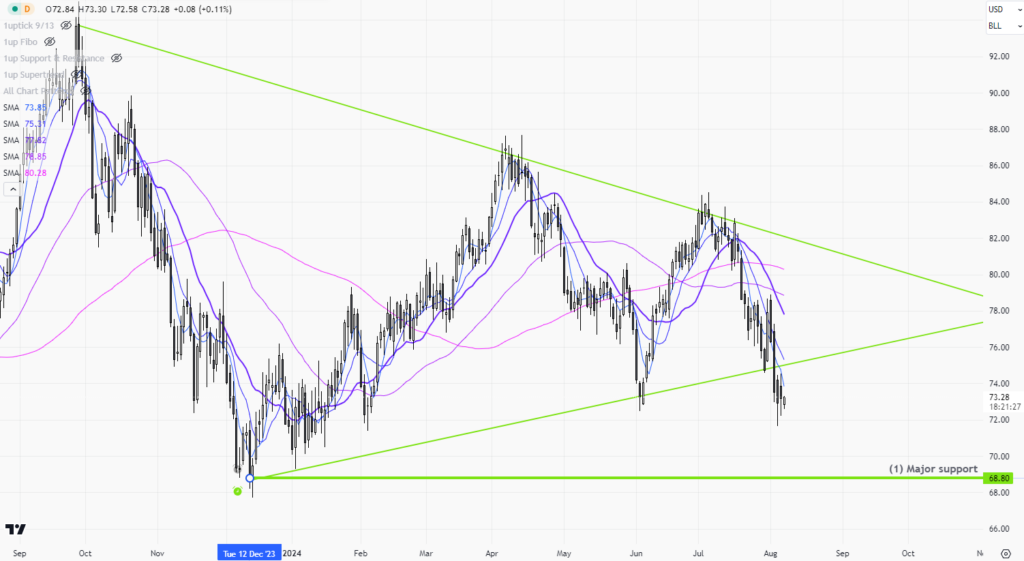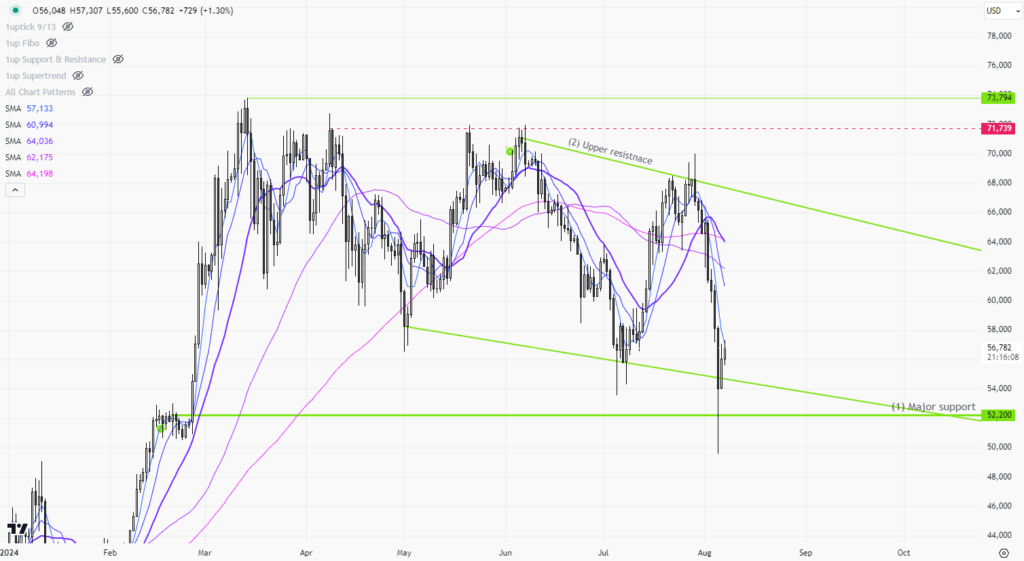 |
| Gold V.1.3.1 signal Telegram Channel (English) |

Bitcoin Plunges Below $118K After U.S. Inflation Surprise Shakes Markets and Fed Rate Cut Outlook
2025-08-15 @ 03:00
Bitcoin’s Dramatic Pullback: Inflation Surprise Roils Markets
After a period of euphoric gains and fresh all-time highs, the Bitcoin market has faced a sudden change in momentum this August. In just a few sessions, Bitcoin surged to a new record above $124,450, briefly overtaking major global assets in market capitalization and sparking excitement across the crypto landscape. However, this optimism has quickly reversed, with prices tumbling below $118,000—a sharp correction driven by unexpectedly strong inflation data from the United States.
The Inflation Print That Jolted Markets
The turning point came when the latest U.S. Producer Price Index (PPI) data was released: July’s PPI jumped 0.9% month-over-month, the largest monthly surge since mid-2022, and registered 3.3% year-over-year, far above analyst forecasts. This hot inflation print re-ignited concern among investors about the persistence of inflationary pressures in the U.S. economy, casting doubt over the Federal Reserve’s willingness to cut interest rates in the near future.
Prior to the inflation data, markets had been pricing in a strong probability of a September rate cut, as many investors hoped recent milder Consumer Price Index (CPI) readings would give the Fed confidence to ease policy. The unexpectedly strong PPI reading flipped that narrative: the odds of a larger 0.5% rate cut were erased, and even a smaller 0.25% cut suddenly looked less certain. U.S. Treasury yields moved higher immediately, and risk assets across the board—particularly those like Bitcoin known for their sensitivity to macro headlines—sold off sharply.
Volatility and Liquidations Hit Crypto Traders
The fallout in the crypto markets has been dramatic. Over $930 million in leveraged positions were wiped out in the selloff, with more than 207,000 trades liquidated in short order. This underscores the degree to which traders had positioned for continued upside—and the speed at which sentiment can shift when macroeconomic conditions change. The $6,500 swing in Bitcoin’s value over just 24 hours is a stark reminder of how dependent crypto markets have become on U.S. monetary policy expectations and inflation readings.
Impact on Longer-Term Investors and Market Structure
Despite the near-term volatility, some signals point to a degree of resilience among long-term Bitcoin holders. After a period of heavy profit-taking—where the seven-day average of realized profits topped $1 billion per day in July—selling pressure from these experienced investors has cooled. New Bitcoin addresses have increased by 15% over the past 10 days, and activity on the blockchain has hit a nine-month high, suggesting that interest in the asset remains robust even as prices consolidate.
Bitcoin’s correlation with U.S. equities remains high, at 0.76, so major macro news—from inflation to labor market data—will continue to influence price direction. Fresh labor market numbers have shown continued tightness, reinforcing the narrative that inflation could remain stubborn and Fed policy may stay hawkish.
Broader Market Reaction
The sudden reversal in Bitcoin was mirrored elsewhere. U.S. stock index futures slipped, the dollar strengthened, and 10-year Treasury yields rose to 4.25%. In crypto, other major coins like Ethereum and Solana followed Bitcoin lower, emphasizing the broad pressure on risk assets.
This episode highlights a key theme for financial markets in 2025: inflation remains the single biggest wildcard for both traditional and digital assets. As the Federal Reserve grapples with balancing growth and price stability, every economic data release—especially inflation and labor figures—will be closely scrutinized by investors looking to anticipate the next major move.
Looking Ahead: What Comes Next for Bitcoin?
The recent drop below $118,000 brings Bitcoin back to a major technical support zone, as bulls and bears reassess the asset’s near-term prospects. If inflation continues to overshoot forecasts and Fed rate cuts get delayed further, Bitcoin could see additional volatility and compression. Conversely, any sign that price pressures are finally cooling could reignite optimism—as seen after the last CPI release—and prompt another push towards previous highs.
Long-term, the reduction in selling activity by experienced holders and growing network engagement offer some reassurance to market participants that the asset’s underlying fundamentals remain intact. For now, though, Bitcoin is likely to trade in a highly reactive mode, with macroeconomic headlines holding outsized influence.
Key Takeaways for Investors
- Extreme volatility in Bitcoin persists, driven by inflation surprises and shifting central bank expectations.
- Leveraged positions are vulnerable in uncertain macro environments, as shown by mass liquidations.
- Long-term holders appear to be taking a wait-and-see approach, reducing selling as prices consolidate above $118,000.
- Macro news—from inflation prints to labor data—will remain the dominant driver for crypto pricing.
As the interplay between economic fundamentals and central bank decision-making continues, Bitcoin’s path is likely to be anything but smooth. Smart investors will remain vigilant, flexible, and focused on both macro and market structure signals as the next chapter in this evolving story unfolds.


